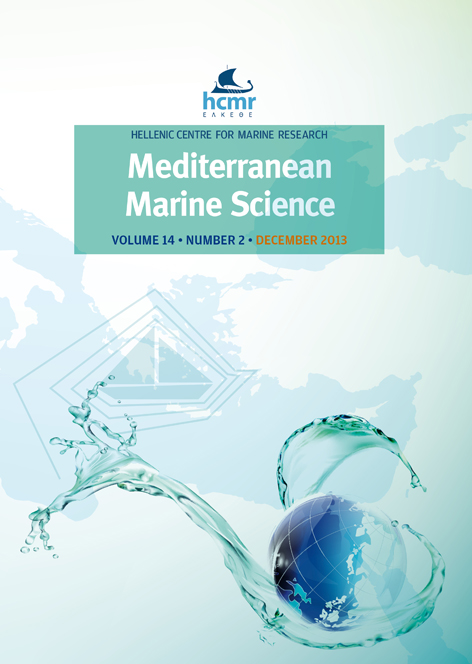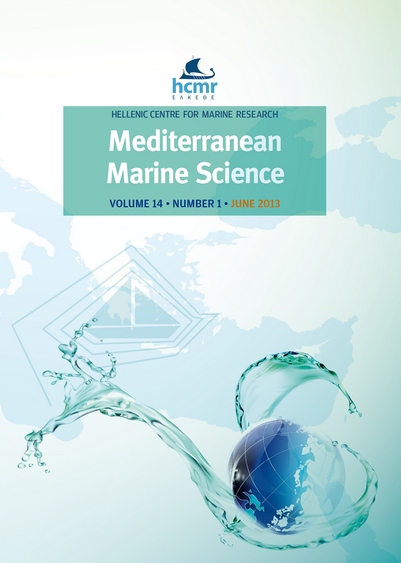Reproductive biology of the Golden grey mullet Liza aurata, in the Gulf of Gabes (central Mediterranean, Tunisia) in the Gulf of Gabes (central Mediterranean, Tunisia)

Abstract
In spite of its high commercial value, very few information are available on the biological feature of the Golden grey mullet in Tunisian waters (central Mediterranean). These data would be of great help in identifying the current stock state. In this study, Gonado Somatic Index (GSI), Hepato Somatic Index (HSI), condition factor (K), Length at first sexual maturity TL50 was calculated and the fecundity was estimated using the volumetric method. The Gonado Somatic Index (GSI) indicated that the spawning season of the Golden grey mullet extends from October to December. The monthly variation of Hepato-Somatic Index (HSI) indicates that L. aurata saves lipid reserves in liver. The species is sexually mature at 23.73, 23.84 and 23.79 cm TL respectively for female, male and combined sexes. In the present study the sex-ratio was unbalanced, with females dominating among large size individuals (TL > 24 cm). Absolute fecundity with a mean value of 286564 varied from a minimum of 210400 eggs for age 4 and a maximum of 533600 for age 7+.
Article Details
- How to Cite
-
ABDALLAH, C., GHORBEL, M., & JARBOUI, O. (2013). Reproductive biology of the Golden grey mullet Liza aurata, in the Gulf of Gabes (central Mediterranean, Tunisia) in the Gulf of Gabes (central Mediterranean, Tunisia). Mediterranean Marine Science, 14(2), 409–415. https://doi.org/10.12681/mms.367
- Issue
- Vol 14, No 2 (2013)
- Section
- Research Article
Authors who publish with this journal agree to the following terms:
- Authors retain copyright and grant the journal right of first publication with the work simultaneously licensed under a Creative Commons Attribution Non-Commercial License that allows others to share the work with an acknowledgement of the work's authorship and initial publication in this journal.
- Authors are able to enter into separate, additional contractual arrangements for the non-exclusive distribution of the journal's published version of the work (e.g. post it to an institutional repository or publish it in a book), with an acknowledgement of its initial publication in this journal.
- Authors are permitted and encouraged to post their work online (preferably in institutional repositories or on their website) prior to and during the submission process, as it can lead to productive exchanges, as well as earlier and greater citation of published work (See The Effect of Open Access).






